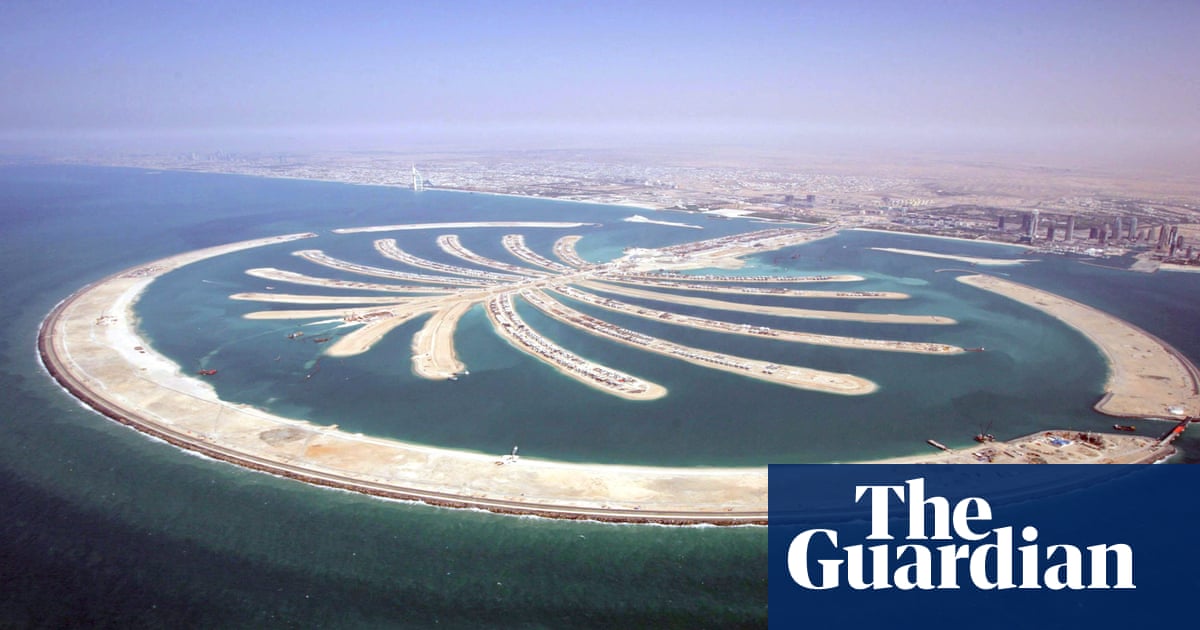
Land reclamation is nothing new, but during this century there has been a significant rise in the creation of artificial land by humans, with a recent study showing that developers have added more than 2,500 sq km – an area equivalent to the size of Luxembourg – to coastlines since 2000.
Using satellite imagery, Dhritiraj Sengupta, from the University of Southampton, and his colleagues analysed land changes in 135 large cities. Their results, published in the journal Earth’s Future, show that much of the recent land reclamation has occurred in the global south, with China, Indonesia and the United Arab Emirates leading the way. Shanghai alone has added about 350 sq km of land. Most of the projects were driven by port expansion, a need for urban space and industrialisation, while a small handful were “prestige” projects such as the palm tree-shaped islands of Dubai.
Land reclamation has an immense impact on the environment, often resulting in wetlands being filled in and disturbing ecosystems irreversibly.
“In the Yellow Sea, for example, more than half of tidal flats were lost mainly due to reclamation,” writes Sengupta. And sadly much of this new land will probably not last for long, with more than two-thirds of new coastal land likely to be at risk from extreme sea-level rise by the end of the century.












